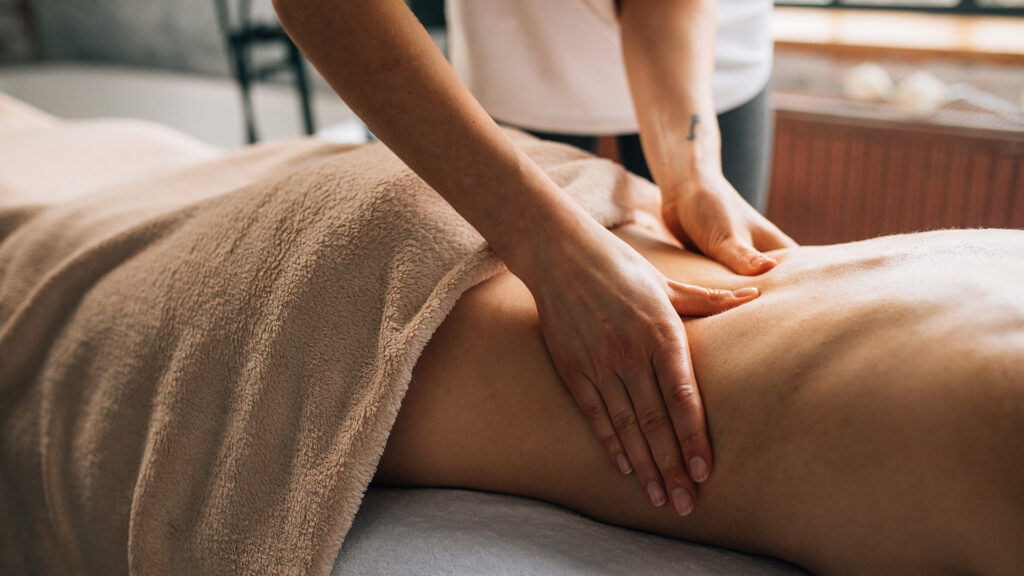
Reflexology, an ancient recovery practice that goes back countless years, has actually gained substantial popularity in recent decades as a complementary therapy for promoting overall health and well-being. This all natural method to health is based on the principle that details points on the hands, ears, and feet correspond to different body organs and systems within the body. By applying pressure to these points, practitioners intend to minimize numerous conditions and restore balance to the body.
Reflexology foot chart revealing stress factors, watercolor style The beginnings of reflexology can be mapped back to ancient worlds, including Egypt and China. Actually, hieroglyphics discovered in the tomb of an Egyptian medical professional named Ankhmahor, dating back to 2330 BC, illustrate what appears to be a reflexology treatment. In typical Chinese medicine, the concept of qi (life pressure power) streaming via meridians in the body shares resemblances with the principles of reflexology.
Modern reflexology, as we know it today, was developed in the very early 20th century by Dr. JKリフレ , an American ear, nose, and throat expert. He introduced the principle of “area therapy,” which separates the body into 10 vertical zones. This work was further improved by Eunice Ingham, frequently described as the “mommy of modern reflexology,” that mapped out the reflexology points on the feet that represent numerous organs and body parts.
The core idea in reflexology is that by using pressure to certain factors, practitioners can boost the body’s all-natural recovery processes. Applying stress to a factor on the foot that corresponds to the liver is believed to promote and boost liver feature. While scientific proof sustaining these insurance claims is restricted, many people report experiencing benefits from reflexology therapies.
A few of the potential advantages of reflexology include:
Anxiety decrease and leisure Improved blood circulation Pain relief Enhanced sleep high quality Boosted body immune system feature Improved food digestion Increased power degrees During a typical reflexology session, the specialist will start by taking a look at the feet, hands, or ears for any type of problems or tender locations. They will certainly then use numerous techniques, consisting of thumb and finger hook, back-up and strolling, and rotation on toes, to use pressure to particular reflex factors. The pressure applied can range from gentle to company, relying on the individual’s requirements and level of sensitivity.
It’s crucial to keep in mind that while reflexology can be a valuable complementary therapy, it must not be utilized as an alternative for standard medical therapy. Always talk to a medical care specialist before starting any kind of brand-new treatment, especially if you have existing health problems or are expectant.
As interest in alternative and alternate therapies continues to grow, reflexology has found its place in health spas, health centers, and even some healthcare facilities. Many individuals integrate normal reflexology sessions right into their self-care regimens, locating it to be a relaxing and renewing experience.
Whether you’re looking for alleviation from a certain condition or merely wanting to enhance your total wellness, reflexology supplies a gentle, non-invasive method to health and healing. By checking out the complex links between reflex factors and the body’s systems, this ancient technique proceeds to intrigue and benefit people around the world, connecting the gap in between typical knowledge and modern-day health strategies.
Reflexology foot chart showing pressure factors, watercolor style The origins of reflexology can be traced back to ancient worlds, consisting of Egypt and China. In conventional Chinese medicine, the idea of qi (life pressure energy) flowing with meridians in the body shares resemblances with the concepts of reflexology.
This work was additional improved by Eunice Ingham, often referred to as the “mother of modern-day reflexology,” that mapped out the reflexology points on the feet that match to different organs and body parts.
The core belief in reflexology is that by applying stress to particular points, specialists can promote the body’s all-natural recovery processes.